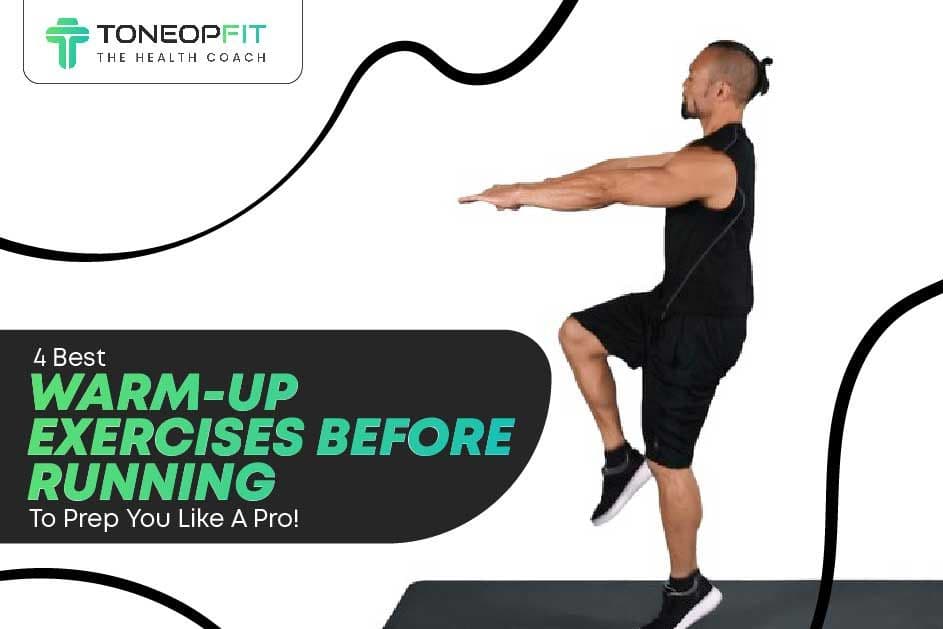When it comes to building strong, toned legs, we talk about squats and lunges the most. One of the many variations of squats is the split squat, also called the Bulgarian split squat, which is quite different from what you know as a traditional bodyweight squat. In fact, split squats are often compared to lunges — static lunges, to be more specific.
If you’ve never done either of these exercises before and see two people doing them at the same time, you might think they’re the same exercise — and rightfully so! Split squats and static lunges do have a lot in common, yet they are two different exercises.
One of the biggest similarities between the two movements is that they work pretty much the same muscle groups and are unilateral exercises, which means you only use one leg at one time. Now, when two exercises are so similar, you’d rather only do one of them. This is because doing two exercises that are so similar would not improve your workouts. Instead, you want to add a variety of movements that work differently, even if they target the same muscle group(s).
So, that brings us to a big question: which one should you do, split squats or lunges?
In this blog, we will look at the differences between both exercises, how to do them and examine their benefits to help you reach the conclusion of the split squats vs lunges competition!
Table of Contents
- What Is The Difference Between Split Squats & Static Lunges?
- How to Perform Split Squats & Lunges?
- Are Split Squats Better Than Lunges — A Look at Individual Benefits
- Expert’s Advice
- The Final Say
- FAQs
- References
What Is The Difference Between Split Squats & Static Lunges?

Although there are many types of lunges with different benefits to choose from, such as walking lunges and side lunges, today, our sole focus would be on static forward lunges. As for the split squats, don’t confuse it with the trending Bulgarian split squats, which require an elevation of one foot throughout the movement.
So, without further ado, let’s look at the differences:
Split Squats | Lunges | |
| 1. Movement | In a split squat, you maintain a wide stance with one foot forward and one foot back, and both feet stay planted on the ground. The movement focuses on lowering and raising your body by bending both knees without stepping or shifting your feet. | In static lunges, you first stand with your feet together, then step forward into the lunge, hold it for a second before lowering your body by bending the front and back knees and then step back with your feet together. Then, you repeat with the other leg or do the same leg all through the set before doing the other leg in one go. |
| 2. Muscles Targeted | Split squats primarily target the quadriceps, glutes, and hamstrings with both feet grounded. | Static lunges emphasise the quads, glutes, and hip flexors while also requiring greater stability from the calves and core. |
| 3. Balance and stability | Normal split squats focus on balance and stability by requiring you to maintain a fixed, staggered stance while lowering and raising your body. | Static lunges challenge balance and stability by involving dynamic stepping, engaging the core and stabilising muscles to control the movement. |
| 4. Knee Strain | Split squats tend to have less knee movement, which may reduce knee strain for some individuals. | Static lunges can place more strain on the knees due to the stepping motion. |
| 5. Range of Motion | Split squats tend to have a more controlled, limited range of motion since you're staying in one position. | Static lunges often have a greater range of motion as you move your legs forward or backward, allowing for a deeper stretch in the hip flexors. |
Also Read: Top 12 Effective Dumbbell Squat Exercises For Beginners
How to Perform Split Squats & Lunges?
Now that you’ve learned the major differences between split squats and lunges let’s see how to perform both. Keep in mind that we have shared the steps to static lunges.
How to do Split Squats?
- Step your right leg about 3 feet forward into a split stance. Ensure your right leg is far enough in front that your knee doesn’t extend past your toes as you lower your body.
- Place your hands on your hips and engage your core. Those at advanced fitness levels can hold a dumbbell in each hand.
- Slowly bend both knees as you lower your body towards the floor.
- Continue lowering until your right knee is bent at a 90-degree angle and the right thigh is parallel to the floor. Your left knee should be just above the floor without touching it. You can go lower if comfortable.
- Push through your right foot and the toes of your left foot to lift your body back to the starting position.
- Do around 8-12 repetitions on one side, switch your legs, and do the same number of repetitions.
Also Read: 20 Best Exercises And Tips For Lower Body Weight Training For Women
How to do Static Lunges?
- Stand with your feet shoulder-width apart and your hands by your sides. Those at advanced fitness levels can hold a dumbbell in each hand.
- Take a huge step forward with the right foot and enter the lunge position.
- Bend both knees to about 90 degrees, keeping your core engaged. Slowly lower your body until your left knee is just a few inches above the floor.
- Push through your right foot and the toes of your left foot to lift your body back to the starting position, and then step back to bring your feet together.
- Repeat on the other side. Alternate legs and complete the same number of repetitions on each side.
Also Read: Sumo Squat for Glute Toning: Benefits, Form & Results
Are Split Squats Better Than Lunges — A Look at Individual Benefits
Choosing between split squats and lunges will ultimately depend on your personal preference and fitness capabilities. In order to decide, you should look at the differences between split squats and lunges given below:
Benefits of Split Squats | Benefits of Lunges |
| 1. Requires less balance: Once your legs are in position for split squats, they don't move. This means that split squats require less balance and stability than lunges. | 1. More balance & functional: Lunges better mimic real-life movements, such as climbing or bending down to pick up something, but also require more balance to step back and forth. |
| 2. Less dynamic, heavier weights: Split squats are less dynamic, giving you the chance to focus more on strength and increasing weight load. | 2. Dynamic, less weight: Lunges, due to the stepping movements, require more focus on stability rather than strength and weight load. |
| 3. Less core engagement: Since your feet are immobile in this movement, it requires less core engagement. | 3. More core engagement: When you step back and forth, you need to engage your core to stabilise your body. |
Also Read: Implement These 20 Bodyweight Training Exercises For A Good Workout!
Expert’s Advice
Regardless of whether you choose split squats or lunges, be sure to warm up properly in advance. I suggest learning the proper form without any weights and perfecting it to prevent injury. Make sure to include other lower-body movements to target different muscle groups for a well-rounded leg workout. Also, remember to stay hydrated and nourish your body with the right macronutrients for optimal performance.
Health Expert
Lavina Chauhan
The Final Say
Split squats and lunges are both fantastic lower-body exercises that target the quads, glutes and hamstrings. They are unilateral exercises and require no equipment. However, if you want to add resistance, you may use dumbbells or a barbell.
The difference between them is small, but split squats require less balance and stability than lunges, and you can focus more on strength and increasing weight with split squats.
FAQs
1. What are the primary differences between split squats and lunges?
The primary difference is that split squats involve a stationary position with one foot forward and one foot back, while lunges involve a dynamic movement with alternating steps.
2. Can you replace the squats with lunges?
Yes, you can replace squats with lunges, as both exercises target similar muscle groups, but lunges also improve balance and stability.
References
- https://www.goodrx.com/well-being/movement-exercise/split-squat-vs-lunge
- https://www.garagegymreviews.com/split-squat-vs-lunge
- https://homegymsupply.co.uk/blogs/guides/split-squat-vs-lunge?srsltid=AfmBOor9UsyV_Yy2ciabSeI-UXadI_n2qZT93o2cEa72gMn1iUqNv5DH
- https://www.mensjournal.com/health-fitness/split-squat-vs-lunge
- https://www.setforset.com/blogs/news/split-squat-vs-lunge?srsltid=AfmBOoo1YtHxwkcxfOg71lmF_N0HpUQHMGvj1_i2G_YoxCg9Xl3Bqh_l
- https://www.soletreadmills.com/blogs/news/split-squat-vs-lunge-differences-in-health-benefits-muscles-worked?srsltid=AfmBOooErINi8eBctKu7lpdJ2jE77Ea8GQmMh6c7M1MotpRhvRjt9qQJ
About ToneOp Fit
ToneOp Fit is a platform dedicated to improving and maintaining good health through a comprehensive range of goal-oriented health plans with up to 3 Coach support. With a range of Weight Management, Medical Condition, Detox Plans, and Face Yoga Plans, the app also provides premium health trackers, recipes and health content. Get customised diet, fitness, naturopathy & yoga plans and transform yourself with ToneOp.


































